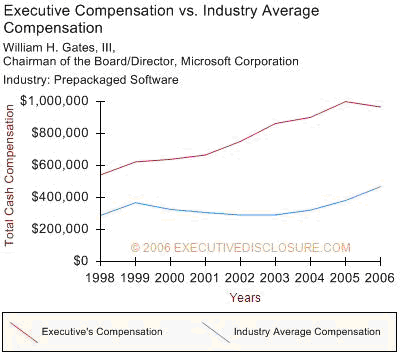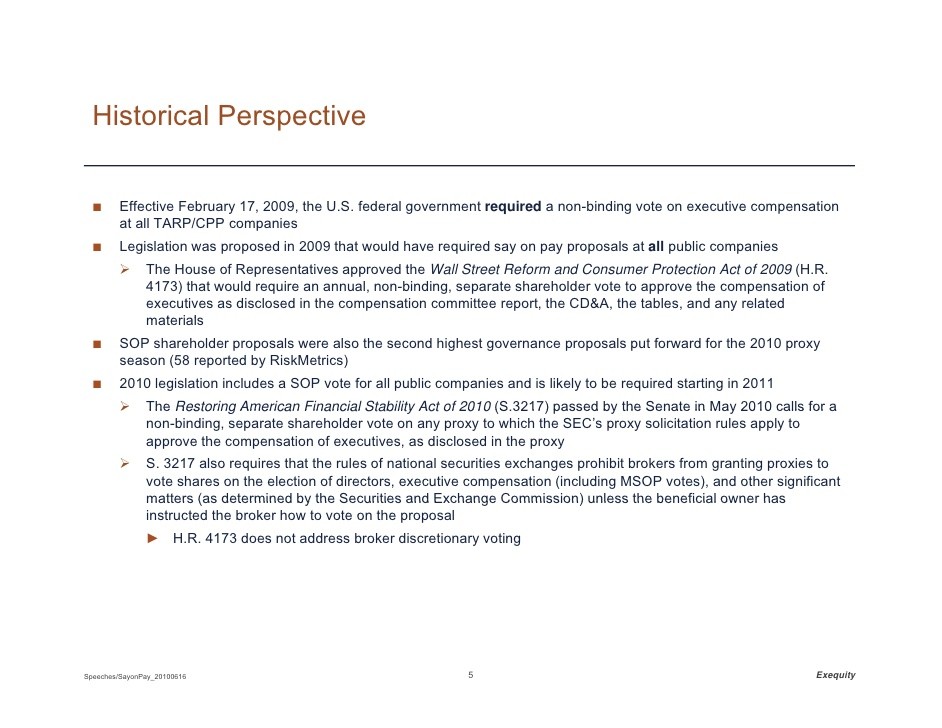Evaluating Executive Compensation
Post on: 9 Май, 2015 No Comment

Executive compensation is a very important thing to consider when evaluating an investment opportunity. Executives who are improperly compensated may not have the incentive to perform in the best interest of shareholders, which can be costly for those shareholders. While new laws and regulations have made executive compensation much clearer in company filings, many investors remain clueless as to how to find and read these critical reports. This article will take a look at the different types of executive compensation and how investors can find and evaluate compensation information. (For related reading, see Data Mining For Investing and Lifting The Lid On CEO Compensation .)
Types of Executive Compensation
There are many different forms of executive compensation that offer a variety of tax benefits and performance incentives. Below are the most common forms:
- Cash Compensation – This is the sum of all standard cash salary compensation that the executive receives for the year.
- Option Grants – This is a list of all options granted to the executive; the information includes strike prices and expiration dates. (For related reading, see The Controversy Over Option Compensation and A New Approach To Equity Compensation .)
- Deferred Compensation – This is compensation that is deferred until a later date, typically for tax purposes. However, changes in regulations have lessened the popularity of this type of compensation.
- Long-Term Incentive Plans (LTIPs) – Long-term incentive plans encompass all compensation that is tied to performance for tax purposes. Current tax laws favor pay for performance-type compensation.
- Retirement Packages – These are packages given to executives after they retire from the company. These are important to watch because they can contain so-called golden parachutes for corrupt executives. (For more insight, see Pages From The Bad CEO Playbook .)
- Executive Perks – These are various other perks given to executives, including the use of a private jet, travel reimbursements and other rewards. These are found in the footnotes. (To learn more, check out Footnotes: Start Reading The Fine Print .)

- Form 8-K . The current event filing can be used to disclose compensation information if the event is related to changes in compensation policies and/or procedures.
- Form 10-K . The annual report filing is always used to disclose yearly compensation information.
- Form 10-Q . The quarterly report filing also contains quarterly compensation information.
- S-1 /S-3 Forms . New issues contain executive compensation information relevant for future investors to consider.
Evaluating Executive Compensation
Evaluating executive compensation can be a difficult task for the individual investor. Luckily, there are many tools that are now available to make the process much easier. These tools automatically parse SEC filings to pull the numbers and make comparisons designed to give meaning to raw information.














